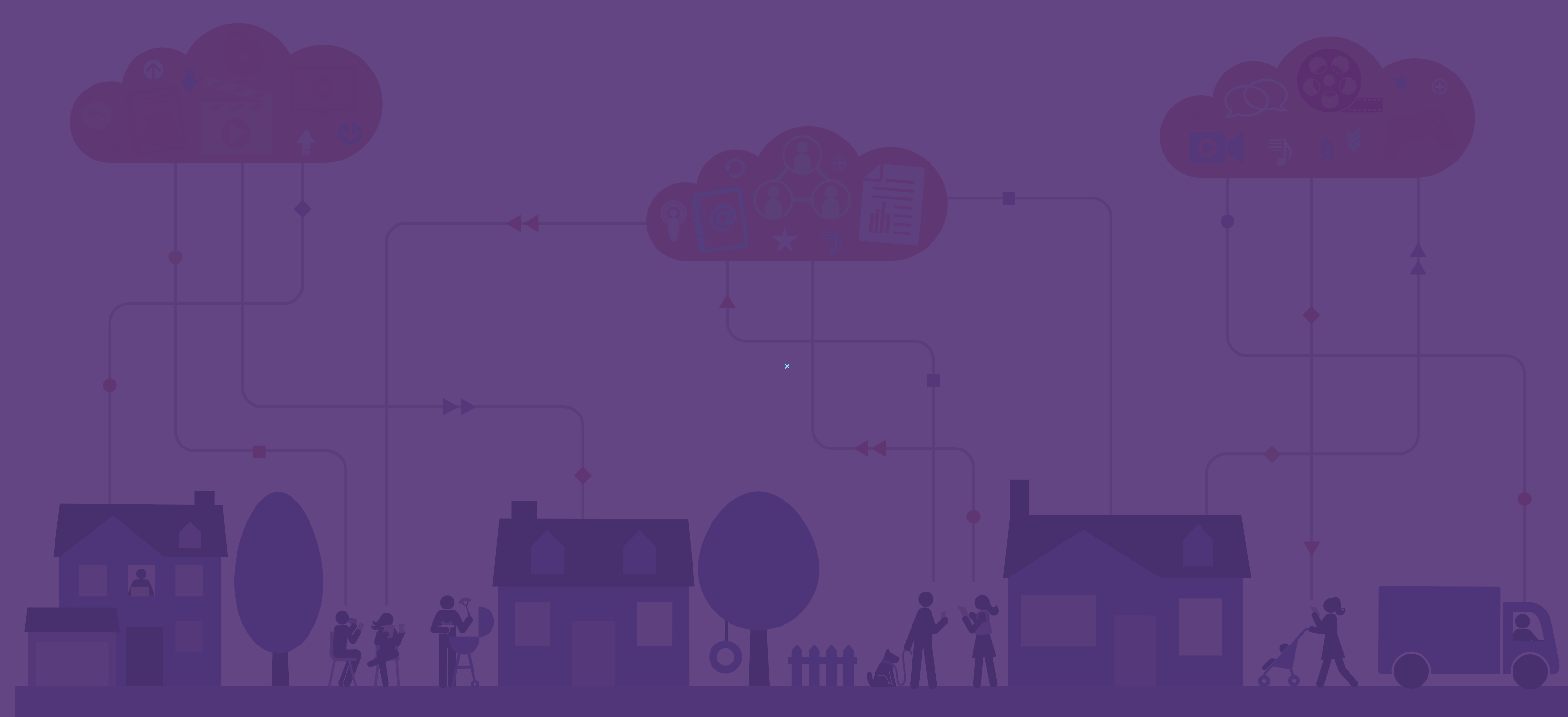The Social Cohesion Self-Evaluation is designed to help funders engage in an approach to problem solving that supports democracy and pluralism while also reducing toxic polarization. It is intended to increase self-awareness about the dynamics of toxic polarization while also identifying pathways to inclusive, collaborative, and sustainable problem solving among diverse and divergent groups of people.
These tools were developed by PACE as part of a campaign called “Social Cohesion Philanthropy,” which is a collaboration with New Pluralists and the Democracy Funders Network. The campaign aims to encourage philanthropy to intentionally build social cohesion and mitigate toxic polarization by not only considering what they fund, but how they fund it.
The self-evaluation was developed in response to philanthropic leaders asking “how do I know if I’m fueling polarization or division in my work?” This question was prompted by a realization that unfortunately, even well-intentioned actors may unconsciously engage in toxically polarizing behaviors, and funders are not immune to these dynamics in their own work and leadership. PACE’s Self-Evaluation and the accompanying User Guide are intended to help organizations consider what social cohesion can mean and look like in the context of their work. There are no right or wrong answers– the purpose is to deepen intentionality and self-awareness about how cohesion and polarization may be showing up in philanthropic work.
The Self-Evaluation (and an accompanying “User Guide”) are available for download below. They will be iterated and adapted based on feedback received from users– we welcome thoughts and insights at SocialCohesion@PACEfunders.org. See more on the Social Cohesion Philanthropy campaign and other funder resources on this topic at PACEfunders.org/SCP.
Accessing the Self-Evaluation and User Guide
To download the tools and begin your organization’s self-evaluation, please fill out the brief form below. Upon submitting the form, you will be redirected to Box to download the combined PDF file for the Self-Evaluation and User Guide. You will also receive a confirmation email, which will include links to access the files anytime.


